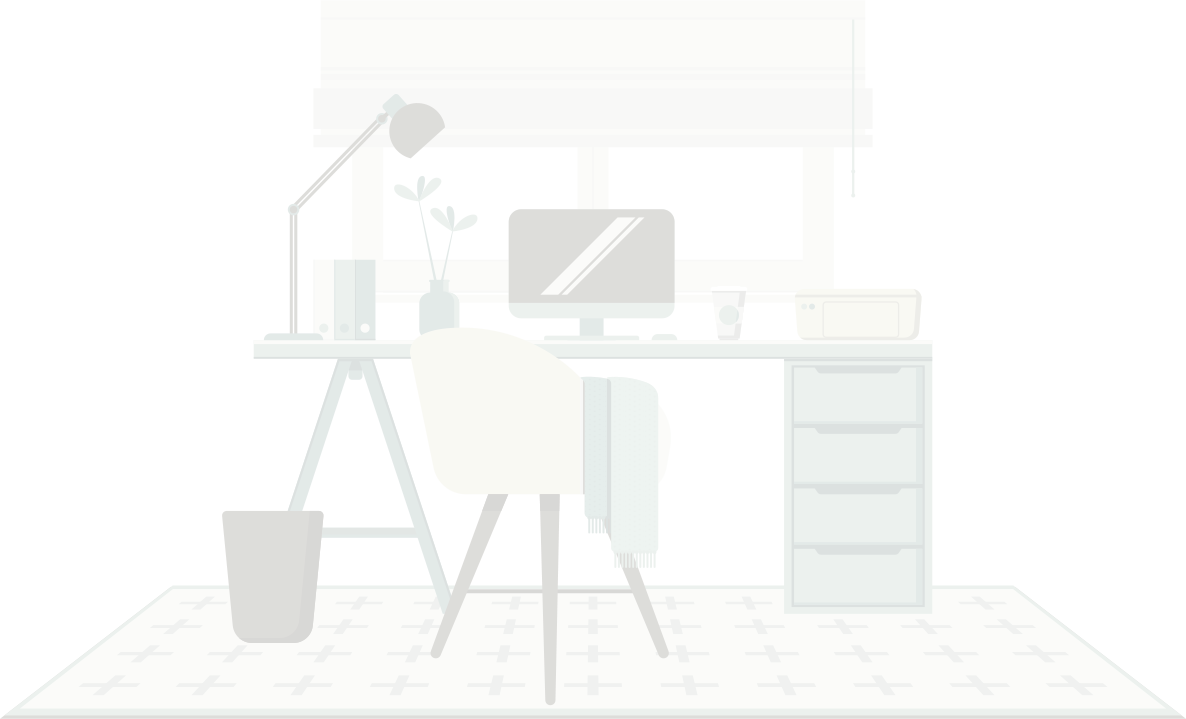An embroidered patch is more than just a decoration—it's a blend of craftsmanship, materials, and meaning. Whether it's on a varsity jacket, a scout sash, a company uniform, or a promotional tote bag, a well-made embroidered patch can add style, identity, and durability to any garment or accessory. But behind every standout patch lies a crucial decision that determines its longevity and appearance: the fabric.
The foundation fabric of an embroidered patch significantly affects the patch's texture, structure, durability, and visual appeal. Choosing the right material ensures that embroidery threads lay smoothly, colors pop vividly, and the final product can stand up to daily wear and tear. In this article, we’ll explore how different fabrics affect the performance of an embroidered patch, which materials are best for specific applications, and why fabric matters just as much as thread in patch design.
The Role of Fabric in an Embroidered Patch
Every embroidered patch starts with a base layer—the fabric upon which the thread will be stitched. The chosen fabric must be strong enough to withstand tight, dense stitching, while still maintaining flexibility and shape.
A good patch fabric needs the following characteristics:
-
Stitch-holding capacity: It must securely hold multiple rows of tight embroidery without puckering.
-
Durability: It should resist fraying and maintain structure over time.
-
Color compatibility: The base fabric color should complement or contrast well with embroidery threads.
-
Heat and backing resistance: It must endure application processes like heat sealing, ironing, or gluing.
The choice of fabric determines how crisp or soft the patch looks, how it feels to the touch, and how long it lasts through laundering or repeated use.
Common Fabrics Used in Embroidered Patches
1. Twill Fabric
Twill is one of the most popular choices for embroidered patches due to its strong structure and diagonal weave pattern. It provides a smooth and consistent surface that enhances the clarity of embroidery details.
Benefits of Twill:
-
High thread-count tolerance for detailed stitching
-
Excellent shape retention
-
Wide range of available colors
-
Compatible with iron-on and sew-on backing
Twill is perfect for uniform patches, company logos, and school emblems. Its smooth finish works well for bold lettering and graphic designs.
2. Felt Fabric
Felt is a non-woven material made by compressing and matting fibers together. It has a soft, fuzzy texture and is easy to cut without fraying.
Benefits of Felt:
-
Soft and plush look, ideal for vintage or retro styles
-
Suitable for patches with minimal detail and large shapes
-
Works great with chenille-style embroidery
-
Lightweight and flexible
Felt is often used in decorative patches, mascot-themed patches, or children’s patches where a cozy or cartoonish feel is desired.
3. Satin Fabric
Satin has a smooth, glossy surface and a luxurious feel. While less common for heavily embroidered patches, it’s often used when a shiny, elegant background is required.
Benefits of Satin:
-
Shiny finish gives patches a premium look
-
Ideal for light stitching or monograms
-
Available in vibrant colors
However, satin is more delicate and may not hold dense embroidery as well as twill or canvas. It’s best suited for formalwear patches or accessories.
4. Canvas Fabric
Canvas is a tightly woven fabric known for its toughness. It’s ideal for patches that need to endure rough use, such as those on outdoor gear, workwear, or military uniforms.
Benefits of Canvas:
-
High durability and resistance to abrasion
-
Great for rugged and tactical-style patches
-
Compatible with Velcro and strong adhesives
Though slightly more rigid than other fabrics, canvas is a top choice for utility and outdoor embroidered patches.
5. Velvet and Suede
These fabrics are used for luxurious or unique embroidered patches where texture is as important as design. Velvet has a smooth, plush pile, while suede offers a soft, matte finish.
Velvet/Suede Benefits:
-
Rich texture that elevates the visual appeal
-
Great for fashion or ceremonial patches
-
Limited use in mass production due to cost
These materials are often found in exclusive patch applications like commemorative badges or boutique clothing accessories.
6. Reflective and Glow-in-the-Dark Fabrics
For patches meant to increase visibility in low-light environments—like safety uniforms or cycling gear—reflective fabrics are ideal. They are often paired with embroidery for a dual-functional look.
Benefits:
-
Enhances visibility at night
-
Ideal for outdoor, emergency, or sportswear
-
Functional as well as fashionable
Border Styles and Their Relationship to Fabric
A high-quality embroidered patch isn’t complete without a clean, secure border. The border style must complement the fabric type to ensure the edges don’t fray and the patch maintains its shape.
-
Merrowed Edge: A thick, stitched border that’s great for round or rectangular patches. Works best with twill or felt.
-
Laser-Cut Edge: Allows for intricate shapes and is ideal for modern, stylized patches. Often used with canvas or synthetic fabrics.
-
Heat-Cut Edge: Uses heat to seal the edges, preventing fraying. Good for satin or polyester materials.
The right fabric-border combination enhances both aesthetics and durability.
Backing Types That Pair Well with Each Fabric
Patches are attached to garments using various backing types, and not all are compatible with every fabric.
-
Iron-On Backing: Works best with heat-resistant fabrics like twill and canvas.
-
Sew-On Backing: Suitable for almost any fabric; preferred for permanent attachment.
-
Velcro Backing: Often paired with durable fabrics like canvas or poly-cotton blends.
-
Peel-and-Stick Backing: Best for short-term use or promotional patches, usually with light fabrics like felt.
Choosing the correct backing is just as important as selecting the fabric—it affects ease of use, application method, and reusability.
Considerations When Choosing Fabric for an Embroidered Patch
When designing an embroidered patch, always ask:
-
What is the patch’s purpose? (Fashion, function, identification, branding)
-
Will it be exposed to rough use or frequent washing?
-
Do you need a soft texture or a crisp finish?
-
How detailed is the embroidery design?
-
What attachment method will be used?
Answering these questions helps determine the best fabric choice to ensure the patch performs well in its intended context.
Conclusion: Why Fabric Is the Foundation of an Excellent Embroidered Patch
An embroidered patch’s success doesn’t lie solely in its design or threadwork—it starts with fabric. The base material provides the structure that holds the artwork together. Whether you're creating school badges, company logos, military insignia, or fashion embellishments, selecting the right fabric is essential.
Twill offers durability and sharpness. Felt delivers softness and warmth. Canvas holds strong under stress. Satin, velvet, and other specialty fabrics offer stylistic flair for niche uses. Each fabric brings its own strength to the table—and when combined with professional embroidery and the right backing, the result is a patch that lasts.
As more brands, designers, and organizations explore the versatility of embroidered patches, understanding fabric options becomes a critical step in creating patches that are not just beautiful—but also built to last.





